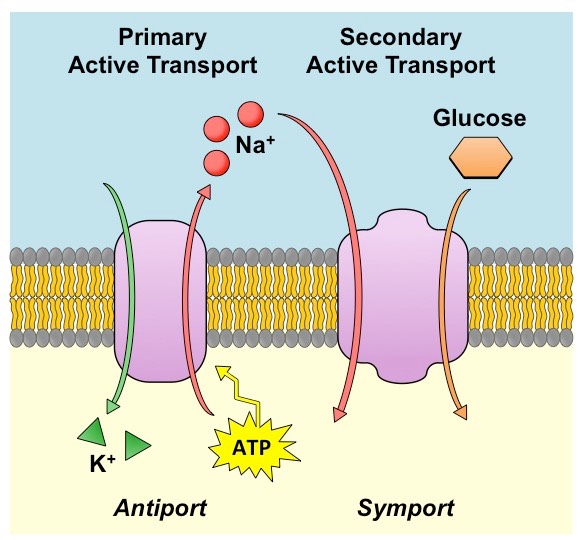Abstract
Water is transported across epithelial membranes in the absence of hydrostatic or osmotic gradients. A good example is the small intestine, where 10 litres of water are absorbed each day. Although water absorption is secondary to active solute transport, the coupling mechanism between solute and water flux is not understood. We have tested the hypothesis that water transport is directly related to solute transport via cotransporter proteins such as the brush border Na+/glucose cotransporter.
The Na+/glucose cotransporter was expressed in Xenopus oocytes, and cell volume changes were measured under transport and non-sugar transport conditions. We show that 260 water molecules are directly coupled to each transported sugar molecule and estimate that in the human intestine this represents 5 litres of water absorption per day. Other plants and animal cotransporters such as Na+/Cl-/gamma-aminobutyric acid, Na+/iodide, and H+/amino acids are also capable of transporting water, suggesting that cotransporters play an important role in water homeostasis.
Cotransport
Active transport involves the movement of materials against a concentration gradient and requires an expenditure of energy. This energy can be harnessed by one of two means:
- Direct hydrolysis of ATP (primary active transport)
- By coupling with the transport of another molecule moving along its electrochemical gradient (secondary active transport)
The coupled transport of two different molecules is called cotransport (the movement of a single molecule is called uniport)
- If the two molecules are transported in the same direction, it is called a symport.
- If the two molecules are transported in opposite directions, it is called an antiport.

The sodium-potassium pump is an example of an antiporter since sodium and potassium are pumped in opposite directions.
- This is the primary active transport since both molecules are pumped against their gradient and require ATP hydrolysis.
Glucose uptake in the kidneys is an example of a symport since its movement is coupled to parallel transport of sodium.
- This is secondary active transport as sodium moves passively down an electrochemical gradient.

